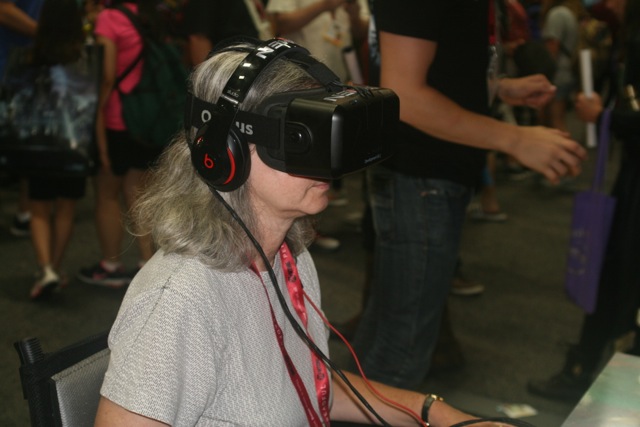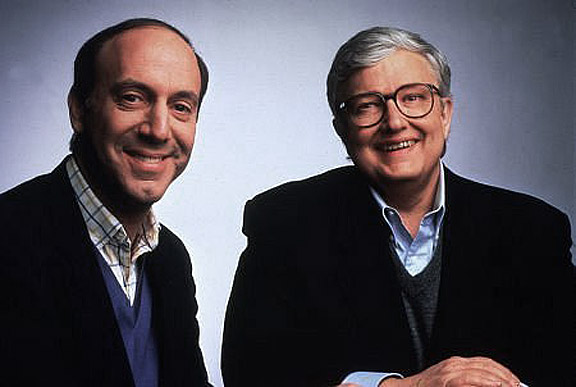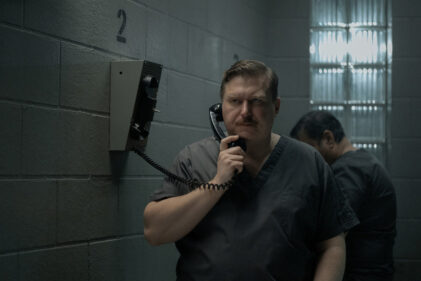Just 150 lucky Comic-Con attendees each day got to try out the new
virtual reality Oculus Rift at the Twentieth Century Fox Home
Entertainment booth. Tickets were free but they were gone in
under a minute each morning as soon as the doors to the Exhibition Hall
opened. On Saturday,
they were gone in twelve seconds. I was one of the lucky explorers to
get to try out “The X-Men Cerebro Experience,” based on the technology
developed by then-18-year old Palmer Luckey and purchased by Facebook
for $2 billion. According to a June 2014 cover story in WIRED Magazine,
this is a technological leap that will “change gaming, movies, TV,
music design, medicine, sex, sports, art, travel, social networking,
education — and reality. The Oculus Rift is here, and it will blow your
mind.” I felt like Natalie Wood in “Brainstorm,” as Christopher Walken
put his new invention on her head so she could see inside his mind.
The Cerebro Experience is cleverly constructed to bring us inside the
mind of Professor X, the man who can see inside everyone’s mind (except
for Magneto when he has his helmet on). So if some of the images are
indistinct, it may be the result of the technology or it may be the
storyline. Cerebro is, of course, the orb-like space where Professor X
sits at a console that enables him to detect mutants.
The staff at the booth settled me into Professor X’s wheelchair and
adjusted the headphones and Oculus Rift headset. I could hear Professor
X (Patrick Stewart) telling me that Mystique was hiding out on the
floor of Comic-Con, even more undetectable than usual. He needed my
help via Cerebro to locate her.
He directed me to move the wheelchair forward using the joystick on the
armrest, and the illusion was so completely vivid that when the demo
ended, I was confused for a moment, thinking I could not get out of the
chair until I backed it up again. But the most mind-blowing moment came
about 3/4 of the way through when I needed to glance up and to my left
and the gesture and the placement of the image were indistinguishable
from the real thing. There was no lag time. There was no limit. As
promised, my mind was blown.












